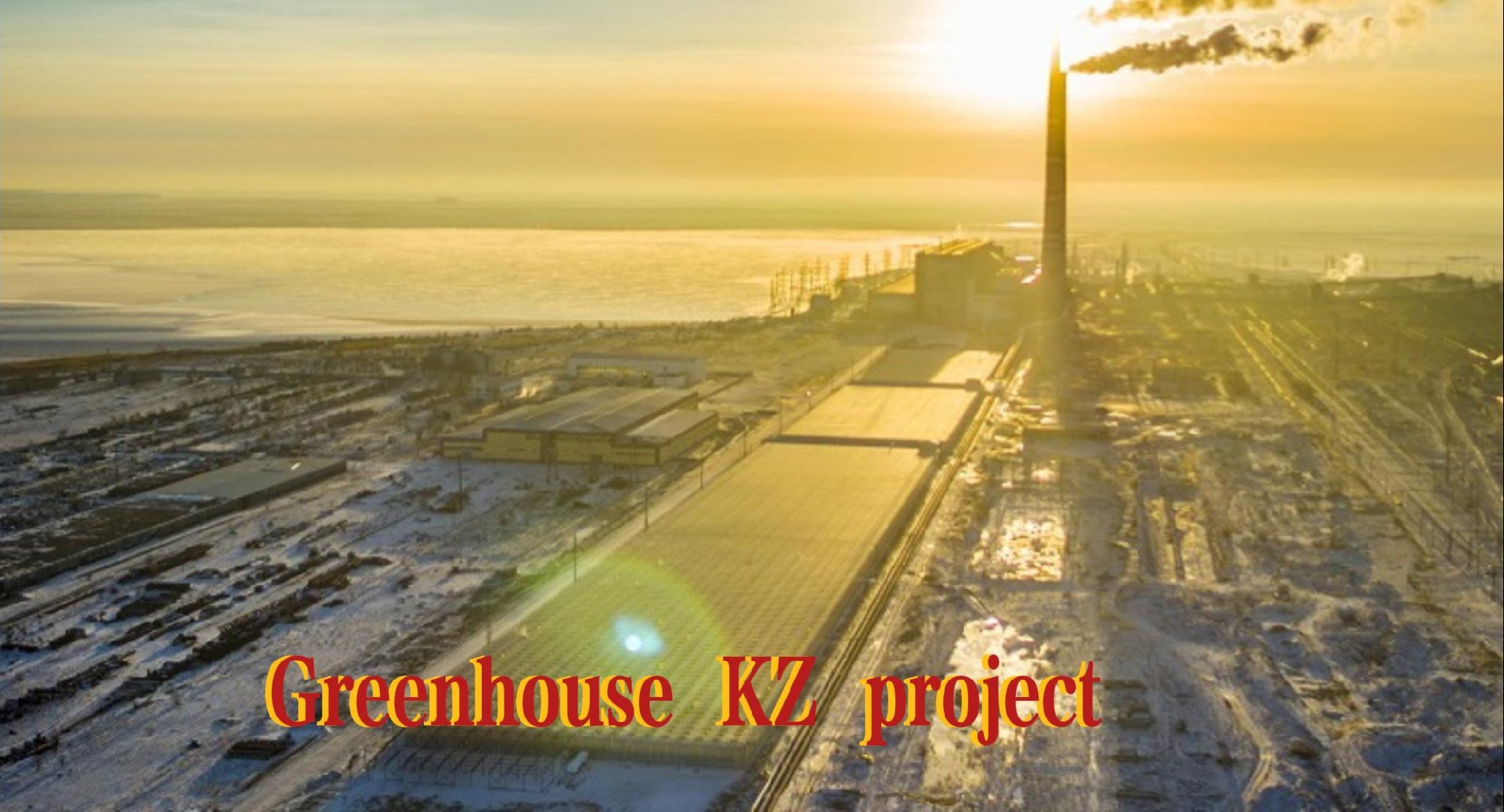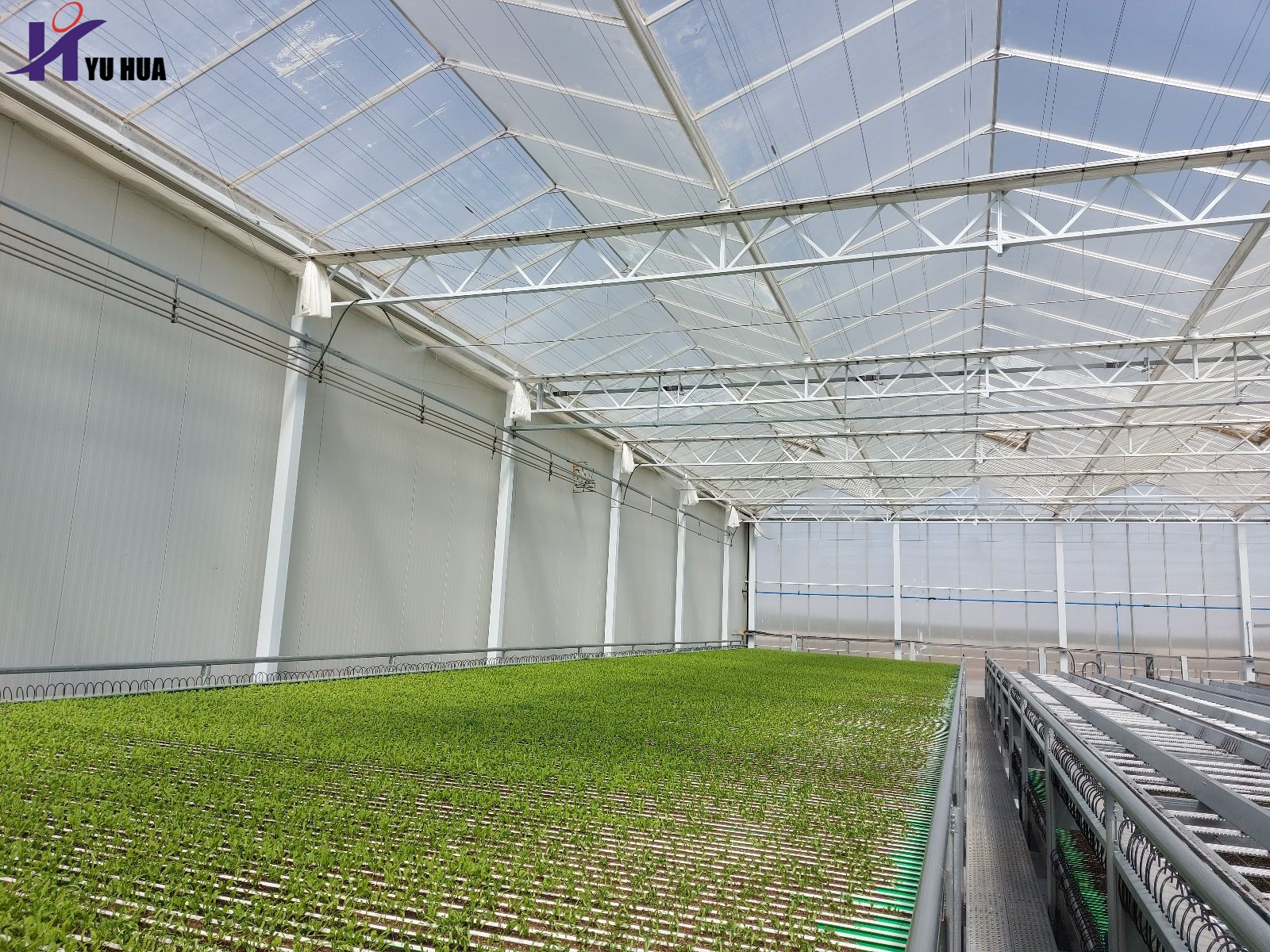
greenhouse glass
In vegetable production, a rule of thumb states that 1% more light equals 1% more potential production. The greenhouse glass covering therefore should allow sunlight to enter the greenhouse as much as possible for a maximum potential photosynthesis. Just like every constructive element in the greenhouse, glass is evaluated carefully for its light translucency and its return on investment, if not more.

Types of greenhouse glass
Two types of greenhouse glass can be distinguished; horticultural float glass (non-tempered) and tempered glass. In almost every greenhouse project, both are used. Tempered glass has a scala of opportunities for further treatment to create desired light transmission.
Non-tempered float greenhouse glass
The typical glass panels that is used for glass greenhouses is the horticultural float glass. Float glass, also known as annealed glass is manufactured by allowing the molten glass to cool slowly in a controlled environment. Once produced, the large float glass sheets are cut to the required size (dependant on the aluminium system) and can then be subjected to further manufacturing processes, such as tempering.
If broken, float glass will shatter into sharp fragments. Therefore, for safety reasons, this is no longer used on the roof of greenhouse structures. It makes the installation, glazing, process unnecessarily dangerous. The properties it allows for cutting are useful in the sides, where details often must be cut out. Compared to tempered glass, float glass is relatively inexpensive. DutchGreenhouses® chooses not to use non-tempered glass in the first layers of glass in the walls, to mitigate risks if accidents occur.
Tempered, toughened and safety greenhouse glass
Tempered glass, toughened glass and safety glass are different names for the same type of greenhouse glass. In greenhouses, tempered glass panels is used on the roof and sometimes in side walls.
Tempered glass is created through a heat tempering technique, making it four to five times more durable and structurally stable than its annealed counterpart. Additionally, it offers enhanced safety features; when shattered, it fragments into small, relatively harmless pieces rather than dangerous, sharp shards. This unique shattering behavior is due to the tension established between the surface and the core of the glass sheet, a result of the varying cooling speeds employed during its production.
Low-iron greenhouse glass panels
The so-called “low-iron” glass is more transparent than regular glass. Another way of allowing more light pass through the glass, is by applying AR-coatings. These permanent anti-reflection coatings reduce the reflection levels of sunlight on the glass, which results in more light in the greenhouse. This is mostly done with tempered greenhouse glass, when further treated.
The light transmittance of Yuhua greenhouse glass can be as high as 99%, and there are 8 haze options including 5/10/20/30/40/50/70/75. Yuhua® also supplies glass to greenhouse project companies such as Havecon, Kubo and Van Der Hoeven. For more information, please contact us at overseas@hnyxlc.com.

Tags:anti-reflective glass diffuse glass agricultural greenhouses glass greenhouse venlo greenhouse AR glass greenhouses glass agricultural glass horticultural glass #greenhouseglass #Antireflectiveglass #Diffusetemperedglass #Ultrawhitefloatglass #agriculturalgreenhouseglass #diffuseglass #horticulturalglass #Tomatogreenhouse #Coloredpeppergreenhouse #Lettucegreenhouse #Agriculturalgreenhouse #ARglass #venlogreenhouse #greenhouseglass #Antireflectiveglass #Diffusetemperedglass #Ultrawhitefloatglass #agriculturalgreenhouseglass #diffuseglass #horticulturalglass #Tomatogreenhouse #Coloredpeppergreenhouse #Lettucegreenhouse #Agriculturalgreenhouse #ARglass #venlogreenhouse #GlassManufacturer #invernadero #ArchitecturalGlass #ClearFloatGlass #FloatGlass
Previous:Greenhouse Glass - The Basics You Need to Know
Next:What is the advantage of diffuse glass in Dutch greenhouses?



















